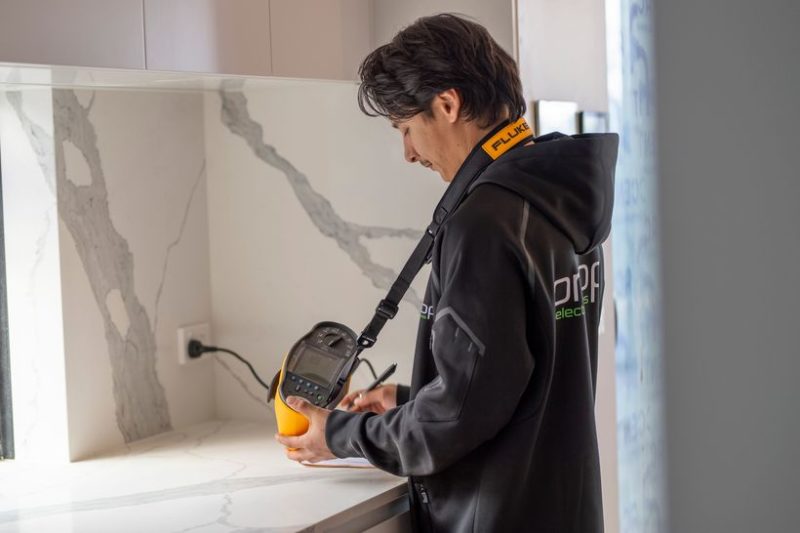Blog

Let there be light: what is Downlight and LED lighting?
August 12, 2022
Upgrading your lighting system with downlights is a great way to modernise your home’s lighting system – and save money and energy while you’re at it!
Downlights have many fantastic qualities, but before you get too excited, remember that to have downlights installed, you need to contact Prokop Electrical Services for the best electrician in Moorabbin.
One of our specialities is LED downlights; we love modernising homes and workplaces with this modern, sleek, and energy-efficient lighting solution.
What are the components of a downlight?
Downlights consist of a beam of light that penetrates in the direction they face. Downlights typically provide a light spread between 30º and 90º.
As such, most rooms will require more than one downlight – and by understanding the beam angle and taking room size into account, you can start to visualise where they might need to be installed in each desired room of your home.
Downlights create a string of light rather than allowing light to be diffused. Other lighting types, such as floodlights and even regular light bulbs, generally have glaring diffused light.
Downlights can sit fully flushed with the ceiling (called recessed lighting) or with a gap between the ceiling and the light, which is called semi-flush.
You can also choose a residential electrician to install pendant lights which suspend downwards from your ceiling, making them easier to install and making your home look chic.
What do I need to know when installing recessed lighting?
When exploring LED downlight installation in Melbourne, you need to understand the beam angle of the globes and, therefore, how many globes you’ll need in each room.
The beam angle describes how far across the light will shine evenly from where it’s pointing at. This is not to be confused with the angle that the globe sits with the ceiling for recessed lights.
Most downlights have a beam angle of approximately 45°. A regular ceiling light (without a shade) would have a 360° beam angle, but some areas of the room wouldn’t be as bright as others – such as in the corners.
The smaller the angle, the more concentrated the light, so if we consider the activity under the space, it can be more desirable to have a smaller beam angle.
For example, in the kitchen, it’s ideal to install a globe with a slight beam angle – perhaps 30° – directly above bench space so that you can see exactly what you’re doing.
This will create concentrated lighting that you might not really need in a space like the living room. This type of concentrated lighting is often referred to as task lighting.
For living spaces such as lounge rooms and bedrooms, a higher beam angle, like 100°, may be ideal as it introduces ambient lighting that is not concentrated and is evenly diffused.
Are downlights more energy efficient?
They sure are!
Lighting accounts for 12% of Australia’s energy output (and 25% in commercial settings!)
That’s why it’s worth being particular about the lights you choose for your home.
If you’re thinking about downlights, you should also know that we recommend LED lighting in particular, as these use far less power than regular fluorescent or incandescent globes.
When you modify your home or business with downlights, you’ll most likely be getting the most energy-efficient globes. Speak to your local electrician to learn more about energy-efficient globes for your home or commercial setting.

What makes a suitable LED downlight?
The activities the room is used for can influence whether you want “cold” lighting (blue/white) or “warm” lighting (yellow).
Although LED doesn’t emit physical heat, “warmth” is still a measurement of the yellow-to-white colouring of the room that lights create. You’ve probably noticed it, even if you didn’t realise!
You need to consider how the light – and the room – should make you feel. For example, warmer lighting is generally used in relaxation zones like bedrooms and living spaces, while cold lighting is used in more practical spaces, such as bathrooms, kitchens, and laundries.
The scale of this warmth is measured in Kelvin – not to be confused with Kelvin, a temperature scale. 3000K to 6500K is generally what lights in a house anywhere will sit at.
The higher the number, the bluer the light. Generally, living rooms sit at about 3000-4000 Kelvin.
Do I need an electrician to install downlights?
Absolutely: only licensed and qualified electricians can install any lighting safely
Contact Prokop’s electrician in Kingston, Glen Eira, and Melbourne’s South East today to discuss your lighting fixtures and lighting installation options at home.
We can also help you understand the process behind downlight replacement and give you some great downlight installation tips if you ever need an additional upgrade.
Call us now on 0437 766 770 or fill out this form, and we’ll get back to you shortly.












